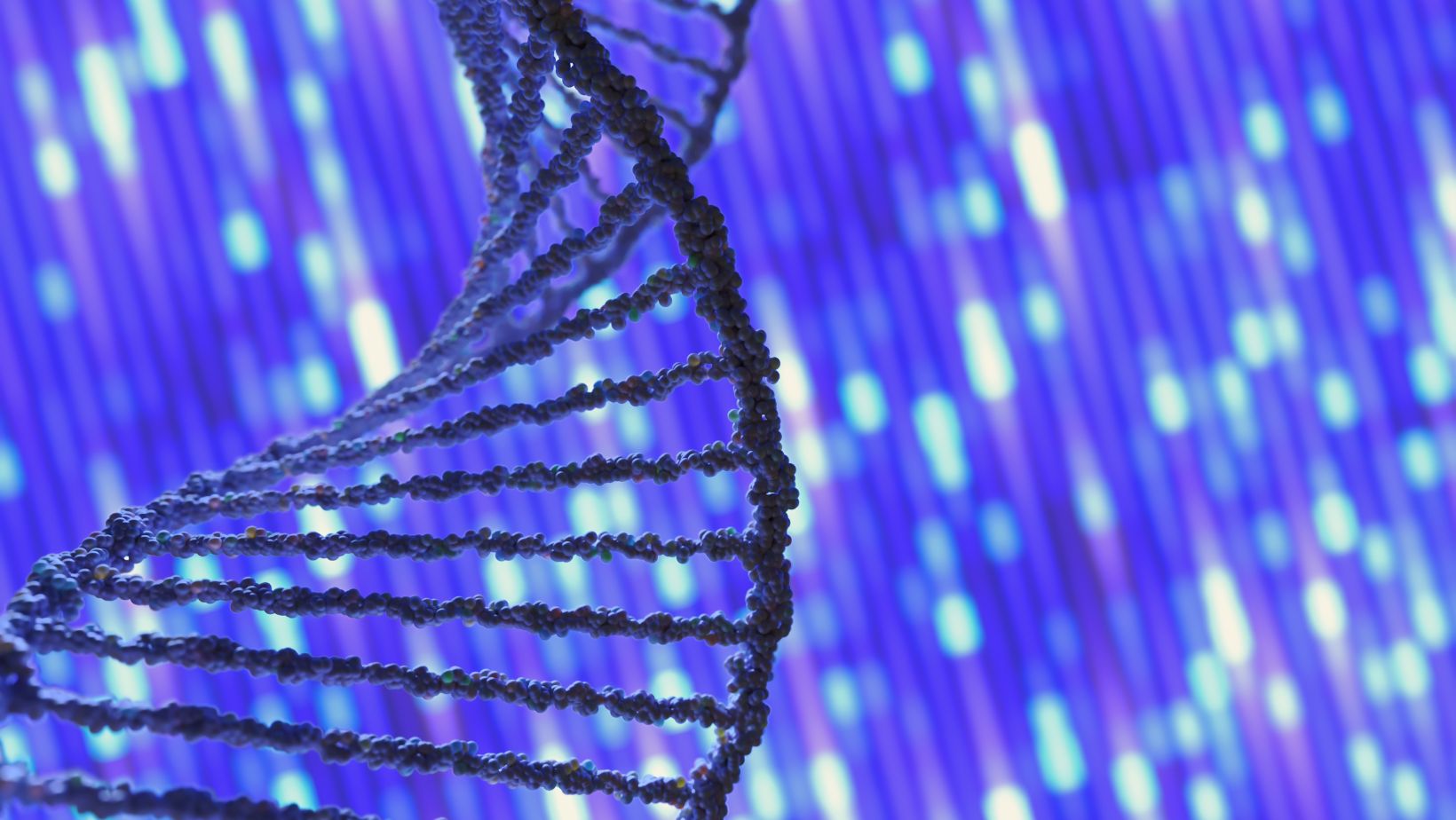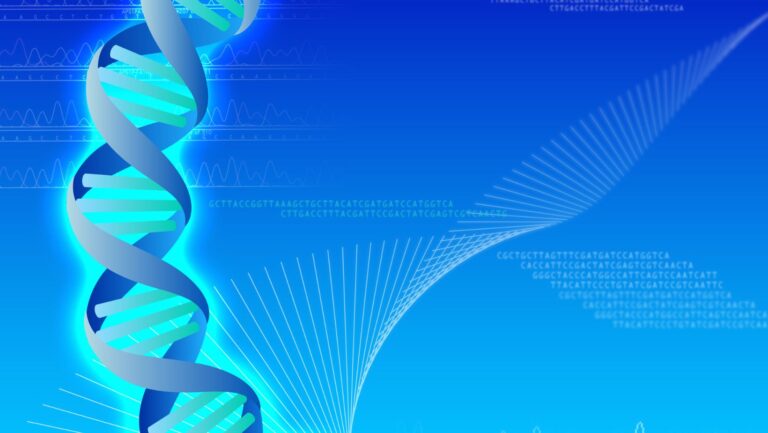Embarking on the journey of library sequencing can feel like stepping into a complex world filled with intricate details and specific terminology. However, this fascinating field is essential in understanding the blueprint of life that DNA sequences provide. Whether you’re a student, a nonprofessional, or just curious, this guide aims to demystify the process of library sequencing and highlight the fundamental concepts you should know, ensuring the topic is approachable for everyone.
What is Library Sequencing?
Library sequencing is a fundamental process used in genomics to prepare DNA or RNA samples for sequencing. In this context, the term library refers to a collection of DNA or RNA fragments prepared and organized for analysis. Sequencing libraries are created by converting raw genetic material into a format suitable for sequencing technologies.
Why is Library Sequencing Important?
Library sequencing is vital because it allows researchers to analyze genetic material thoroughly. By preparing samples standardized, scientists can ensure that the sequencing process yields accurate and reproducible results. This preparation step is crucial for various applications, including:
- Genomic Research: Studying an organism’s complete set of genes.
- Transcriptomics: Analyzing RNA to understand gene expression patterns.
- Clinical Diagnostics: Identifying genetic mutations related to diseases.
Key Concepts in Library Sequencing
To grasp the basics of sequencing, it helps to understand the key concepts involved:
Sample Preparation
The first step in sequencing libraries is sample preparation. This involves extracting DNA or RNA from biological samples. The quality and quantity of the extracted material are critical for successful library preparation. Common extraction methods include:
- Chemical Lysis: Using chemicals to break open cells and release genetic material.
- Mechanical Disruption: Physical methods, such as grinding or bead-beating, to break down cells.
Fragmentation
Once the DNA or RNA is extracted, it must be broken into smaller fragments. This step is known as fragmentation. The goal is to create a collection of manageable pieces that can be sequenced. Fragmentation can be achieved through:
- Enzymatic Digestion: Cut the DNA or RNA into smaller pieces using specific enzymes.
- Physical Shearing: Applying mechanical force to break the genetic material.
Library Construction
After fragmentation, the next step is library construction. It involves adding specific sequences, known as adapters, to the ends of the fragmented DNA or RNA. Adapters are short sequences that help the sequencing machine recognize and bind to the fragments. Library construction typically includes:
- End Repair: Modifying the ends of the fragments to make them compatible with the adapters.
- Adapter Ligation: Attaching adapters to the ends of the DNA or RNA fragments.
Amplification
Once the adapters are added, the next step is amplification.

Quality Control
Before sequencing, it is essential to check the quality of the library. Quality control involves assessing the size distribution and concentration of the fragments to ensure they meet the required standards. Common methods for quality control include:
- Gel Electrophoresis: A technique that separates DNA fragments based on size.
- Quantification: Measuring the concentration of the library using specialized instruments.
Sequencing
With a high-quality library prepared, it is ready for sequencing. Sequencing involves reading the genetic code of the fragments to determine the order of nucleotides (the building blocks of DNA and RNA). Various sequencing technologies are available, including:
- Illumina Sequencing: A popular method that uses fluorescently labeled nucleotides to read DNA sequences.
- Nanopore Sequencing: A newer technology reads DNA as it passes through a nanopore.
Data Analysis
After sequencing, the raw data generated needs to be analyzed. This step involves aligning the sequenced fragments to a reference genome and interpreting the results. Data analysis can reveal valuable information, such as genetic variants or gene expression levels.
Benefits of Library Sequencing
Sequencing offers several advantages that make it a valuable tool in genomics research:
High Precision
Sequencing allows for precise measurement of genetic material, leading to accurate results. By preparing standardized samples, scientists can reduce variability and ensure reliable data.
Versatility
Sequencing libraries can be used for various applications, including whole-genome, targeted, and RNA sequencing. This versatility makes library sequencing suitable for multiple research and clinical purposes.
High Throughput
Modern sequencing technologies enable high-throughput analysis, allowing researchers to sequence thousands of samples simultaneously. This capability accelerates research and facilitates large-scale studies.
Cost-Effectiveness
Library sequencing has become more cost-effective over time, making it accessible to a broader range of researchers and institutions. Advances in technology and economies of scale have contributed to reduced costs.
Ideal Practices for Library Sequencing
To achieve the best results with sequencing, it is essential to follow best practices during each step of the process:
Use High-Quality Samples
Starting with high-quality DNA or RNA is crucial for successful sequencing. Ensure that samples are free from contaminants and degradation.
Optimize Fragmentation
Proper fragmentation is essential for generating usable sequencing libraries. Optimize fragmentation conditions to produce fragments of the desired size.
Careful Library Construction
Pay attention to the details of library construction, including adapter ligation and end repair. Ensure that adapters are correctly added to the fragments.
Conduct Thorough Quality Control
Perform rigorous quality control to assess the integrity and concentration of the library. This essential step helps identify and address any issues before sequencing.
Choose the Right Sequencing Technology
Select a sequencing technology that fits your research needs. When choosing a platform, consider reading length, accuracy, and cost.
Analyze Data Carefully
Data analysis is a critical step in interpreting sequencing results. Use appropriate software and tools to analyze and visualize the data accurately.
Common Challenges in Library Sequencing
While sequencing libraries are a powerful tool, it has challenges. Some common issues include:
Sample Degradation
DNA and RNA samples can degrade over time or due to improper handling. Ensuring proper storage and handling can mitigate this issue.
Adapter Dimer Formation
Adapters can sometimes form dimers (small pieces of DNA) that interfere with sequencing. Optimization of library construction can help reduce adapter dimer formation.
Contamination
Contamination from external sources can affect the accuracy of library sequencing. To minimize contamination risks, maintain a clean and controlled environment.
Data Interpretation
Interpreting sequencing data can be complex and require specialized knowledge. Using advanced bioinformatics tools and seeking expert advice can help ensure accurate data analysis.
Future Trends in Library Sequencing
As technology continues to adapt, several trends are emerging in the field of sequencing:
Increased Automation
Automation is making library sequencing more efficient and reducing the likelihood of human error. Automated systems can streamline sample preparation and library construction.
Improved Sequencing Technologies
New sequencing technologies are being developed to enhance accuracy, read length, and speed. These advancements are likely to revolutionize the field further.
Enhanced Data Analysis Tools
Bioinformatics tools are becoming more sophisticated, providing researchers with better ways to analyze and interpret sequencing data.

Machine learning and artificial intelligence are contributing to this evolution.
Greater Accessibility
As costs decrease, sequencing becomes more accessible to a broader range of researchers and institutions. This increased accessibility is expected to drive further discoveries and innovations.
Conclusion
Library preparation is an essential factor in contemporary genomics, and it defines a particular sample preparation protocol for sequencing. Due to further development and growing availability, library sequencing will remain a significant part of current and future investigation and treatment. Understanding and practicing these concepts will enable you to understand the world of sequencing libraries and ways to bring the genetic code to life. Learn about the latest sequencing platforms and how they have been utilized to help produce exceptional results. Visit MedGenome today and elevate your research results.




